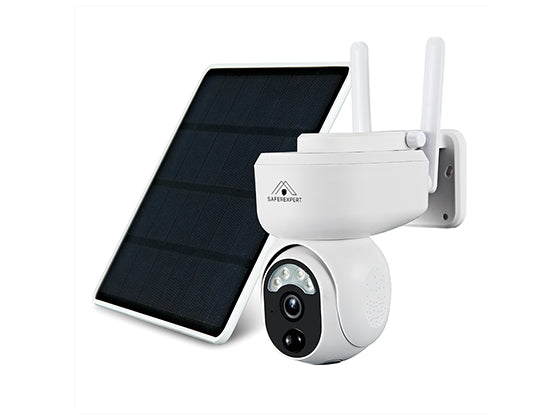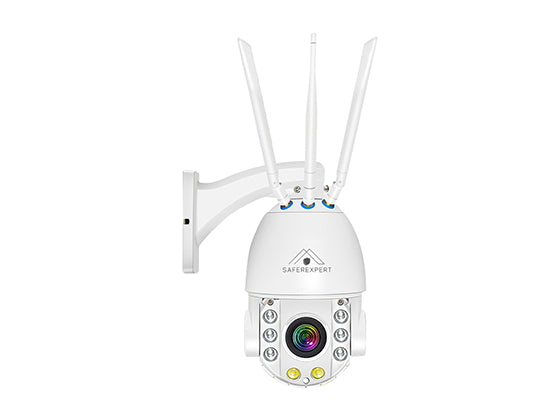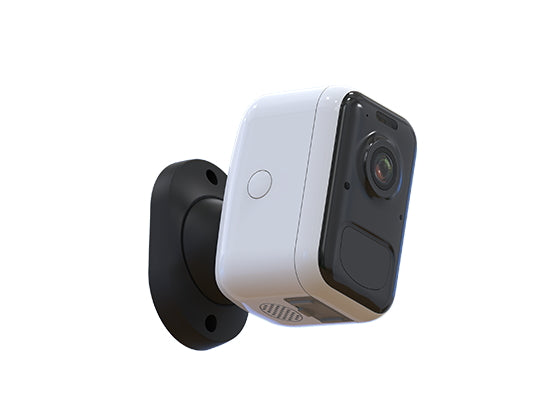Generally speaking, the wireless network at home and near the house is fully covered. So when you install security cameras at home or around the house, you don’t need to worry about network connections and remotely check these issues. But if it is a small wooden house in the forest, a large farm, or a place where there is no way to install a wireless network. If you want to remotely view the surveillance images of security cameras in these places, you can only use wireless transmission cameras and you will run into trouble.
In fact, there is no wireless network in the place where you want to check the monitoring, which is a problem that many people have. However, the current technology cannot solve the problem that the camera can send back real-time surveillance video without a wireless network. You can only view the playback of the surveillance video afterwards. There are other solutions above.
The current security cameras generally have three connection methods, wireless network connection, AP hotspot connection and 4g card connection (there are some cameras that can be connected by POE). Wireless networks are more common. We have introduced AP hotspots in our previous blog. This is also a better way to view real-time monitoring images without using a home network. The mobile phone searches for and connects to the camera's AP hotspot, a local area network is formed between the camera and the mobile phone, and the screen can be viewed in the mobile app even when there is no network. However, there is a drawback of AP hotspot connection. It can only be viewed within the range where the signal can be received. If you are outside the range of the AP signal, the mobile phone will not receive the signal. And when the AP hotspot is connected, a wireless network needs to be configured. Relatively inconvenient.
The camera that can use 4G SIM card for network configuration is currently the most suitable solution. As long as you buy a SIM card with 4G data, insert it into the camera (provided that the camera supports 4g SIM card connection), and finally select the corresponding connection method in the mobile app, and follow the instructions of the manual to simply connect On and use. Even if it is hundreds of kilometers away from the surveillance site, you can still view the surveillance screen through the mobile app. It is very convenient to see if your crops or animals are doing well, and whether the hut in the forest has been invaded by thieves.
Of course, there are disadvantages to using 4g connections. First of all, you may have to pay huge traffic fees. If it is only a few days or a week, that may not be a problem. Video surveillance for a month or longer requires a lot of traffic. Especially in the case of long-term use of HD or clearer picture quality. Use it carefully, otherwise you may faint after seeing the bill. Secondly, the use of 4g networks to transmit real-time images needs to rely on the operator's network signal. If the network is suddenly disconnected or the signal becomes weak, you will not see the real-time image.





